Mastering accurate construction estimates is crucial for contractors. It’s vital for projects, whether small renovations or large-scale commercial ventures. Crafting precise estimates entails understanding scope, anticipating obstacles, and considering unexpected costs. This guide covers planning, bidding, and techniques to enhance precision. Effective communication with clients is emphasized. Valuable insights await both seasoned contractors and newcomers.
The importance of accurate construction estimates
Accurate estimates are essential to the success of any construction project. An estimate that is too low can lead to a loss of profits, while an estimate that is too high can cause you to lose the job to a competitor. Accurate estimates help you to set realistic expectations for your clients and ensure that you have the necessary resources to complete the project on time and within budget.
Creating accurate estimates requires a deep understanding of the project scope, materials and labor costs, overhead, and profit margins. Contractors must be able to anticipate unexpected expenses and adjust their estimates accordingly. The art of crafting accurate construction estimates involves balancing these factors to create a realistic and competitive bid.
Understanding the scope of the project
The first step in creating an accurate estimate is understanding the scope of the project. This involves reviewing the project plans, identifying potential roadblocks, and communicating with the client to clarify their expectations. Understanding the scope of the project is essential to accurately estimating the time and resources required to complete the job.
When reviewing the project plans, pay close attention to the details. Look for any potential issues that could affect the timeline or increase costs, such as difficult site access or complex electrical or plumbing requirements. It’s also important to consider any permit requirements or environmental regulations that may impact the project.
Communication with the client is also critical to understanding the scope of the project. Ask questions to clarify their expectations, and be sure to manage their expectations if their requirements are unrealistic or outside of the project scope. By understanding the scope of the project, you can create a more accurate estimate that takes into account all of the resources required to complete the job.
Identifying materials and labor costs
The next step in creating an accurate estimate is identifying the materials and labor costs required to complete the project. This involves researching the cost of materials and labor in your area and determining the quantity of materials needed for the project.
When researching the cost of materials, be sure to consider the quality of the materials and any discounts that may be available for bulk purchases. Don’t forget to factor in the cost of delivery and any waste or excess materials that may be left over.
Labor costs can be more difficult to estimate, as they depend on the experience and skill level of your workers. Research the average wage for workers in your area and adjust your estimate based on the experience and skill level required for the job. Be sure to factor in any overtime, insurance, or other benefits that may be required for your workers.
Calculating overhead and profit margins
In addition to materials and labor costs, it’s important to consider overhead and profit margins when creating an estimate. Overhead costs include expenses such as rent, utilities, and equipment maintenance that are required to run your business. Profit margins are the amount of money you expect to make from the project after all expenses have been paid.
Calculate overhead by summing annual business expenses and dividing by expected project count. This yields overhead cost per project. Aim for profit margins of 10-20%, adjusting based on project size and complexity.
Including overhead and profit margins in estimates covers expenses and ensures reasonable profit. Adjust estimates if overhead costs or profit margins change during the project.
Using construction estimating software
One of the most effective ways to create accurate construction estimates is to use construction estimating software. This software helps you to create detailed estimates that take into account all of the factors required for the project.
Construction estimating software allows you to input project data, including materials, labor, overhead, and profit margins, and generates a detailed estimate that can be easily adjusted based on changes to the project scope. Many software programs also allow you to generate reports and export data to other programs, such as accounting software.
Investing in construction estimating software can save you time and improve the accuracy of your estimates. Be sure to research different software options to find one that meets your needs and budget.
Tips for improving accuracy in construction estimates
There are several tips for improving the accuracy of your construction estimates. One of the most important is to always review the project plans and communicate with the client to clarify their expectations. This ensures that you have a complete understanding of the scope of the project and can create a more accurate estimate.
Another tip is to use historical data from previous projects to inform your estimates. This can help you to identify potential roadblocks and adjust your estimate accordingly. It’s also important to consider the impact of inflation on your estimate and adjust your costs accordingly.
Finally, be sure to double-check your calculations and review your estimate before submitting it to the client. This can help you to catch any errors or omissions that may impact the accuracy of your estimate.
Common mistakes to avoid in construction estimating
There are several common mistakes that contractors make when creating construction estimates. One of the most common is underestimating the cost of materials and labor. This can lead to cost overruns and delays in the project timeline.
Another mistake is failing to account for unexpected expenses, such as changes to the project scope or unforeseen issues that arise during construction. It’s important to factor in a contingency budget to account for these expenses.
Finally, failing to communicate effectively with the client can lead to misunderstandings and unrealistic expectations. Be sure to manage the client’s expectations and communicate any changes to the project scope or timeline as soon as possible.
The role of communication in accurate construction estimates
Communication is a critical component of creating accurate construction estimates. Effective communication with the client ensures that you have a complete understanding of the project scope and can create a more accurate estimate.
It’s important to ask questions and clarify the client’s expectations throughout the project planning process. Be sure to manage their expectations if their requirements are unrealistic or outside of the project scope.
Communication is also important throughout the construction process. Be sure to update the client on the progress of the project and communicate any changes to the timeline or budget as soon as possible. This helps to build trust with the client and ensures that everyone is on the same page throughout the project.
Best practices for presenting construction estimates to clients
Presenting construction estimates to clients is an important part of the bidding process. It’s important to present your estimate in a professional manner that highlights the value you bring to the project.
When presenting estimates, provide a detailed cost breakdown: materials, labour, overhead, profit margins. This ensures transparency and avoids surprises.
Include a project timeline and communicate potential roadblocks. Manage client expectations and ensure they understand the timeline.
Finally, be sure to follow up with the client after presenting the estimate to answer any questions and address any concerns they may have. This helps to build trust with the client and increases your chances of winning the bid.
Conclusion
Accurate construction estimates are vital for contractors. They set realistic expectations, secure resources, and boost profitability. Crafting precise estimates involves understanding project scope, identifying costs, using software, and communicating effectively. Follow these practices to win bids and enhance your industry reputation.
As construction technology advances, so does the future of estimating in the construction industry, moving towards more efficient and convenient methods. Nowadays, for building cost estimator UK, house construction cost, there are digital tools such as our software that make the estimation process quicker and more accurate, which is becoming increasingly relevant for professionals and businesses. This trend makes learning about cost estimating essential for those in the Construction industry, regardless of experience, and understanding the skills required to undertake this role – such as identified in what a cost estimator does, will help pave the way to pursuing a career in this field.
Building Cost Calculators:
To get accurate, up to date construction costs, use our FREE Building Cost Calculators:












